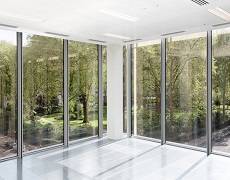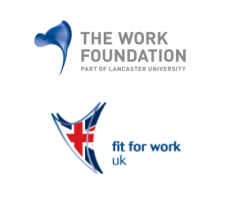October 17, 2014
Google and Deloitte set out blueprint for collaborative work in Australia
 Deloitte Digital has launched the final version of its report into the collaborative economy carried out on behalf of Google Australia. An interim report, published in July, estimated that the benefits of collaboration to the Australian economy is already $46 billion and could rise to $56 billion. The report also claims that collaboration could help to address specific structural problems including falling productivity and a comparative lack of innovation. The study claims that the average Australian worker spends just under half of a typical working day interacting with other people but that there remains considerable room for improvement in the way those interactions take place. The final version of the report also includes a toolkit to help individuals and organisations to gauge their level and success of their collaborative work. Tellingly, the test is weighted one-third to workplace design, one-third to technology and one-third to culture and governance.
Deloitte Digital has launched the final version of its report into the collaborative economy carried out on behalf of Google Australia. An interim report, published in July, estimated that the benefits of collaboration to the Australian economy is already $46 billion and could rise to $56 billion. The report also claims that collaboration could help to address specific structural problems including falling productivity and a comparative lack of innovation. The study claims that the average Australian worker spends just under half of a typical working day interacting with other people but that there remains considerable room for improvement in the way those interactions take place. The final version of the report also includes a toolkit to help individuals and organisations to gauge their level and success of their collaborative work. Tellingly, the test is weighted one-third to workplace design, one-third to technology and one-third to culture and governance.
























September 25, 2014
Why a more flexible approach to where and when we work is long overdue
by Sara Bean • Comment, Facilities management, Flexible working, News